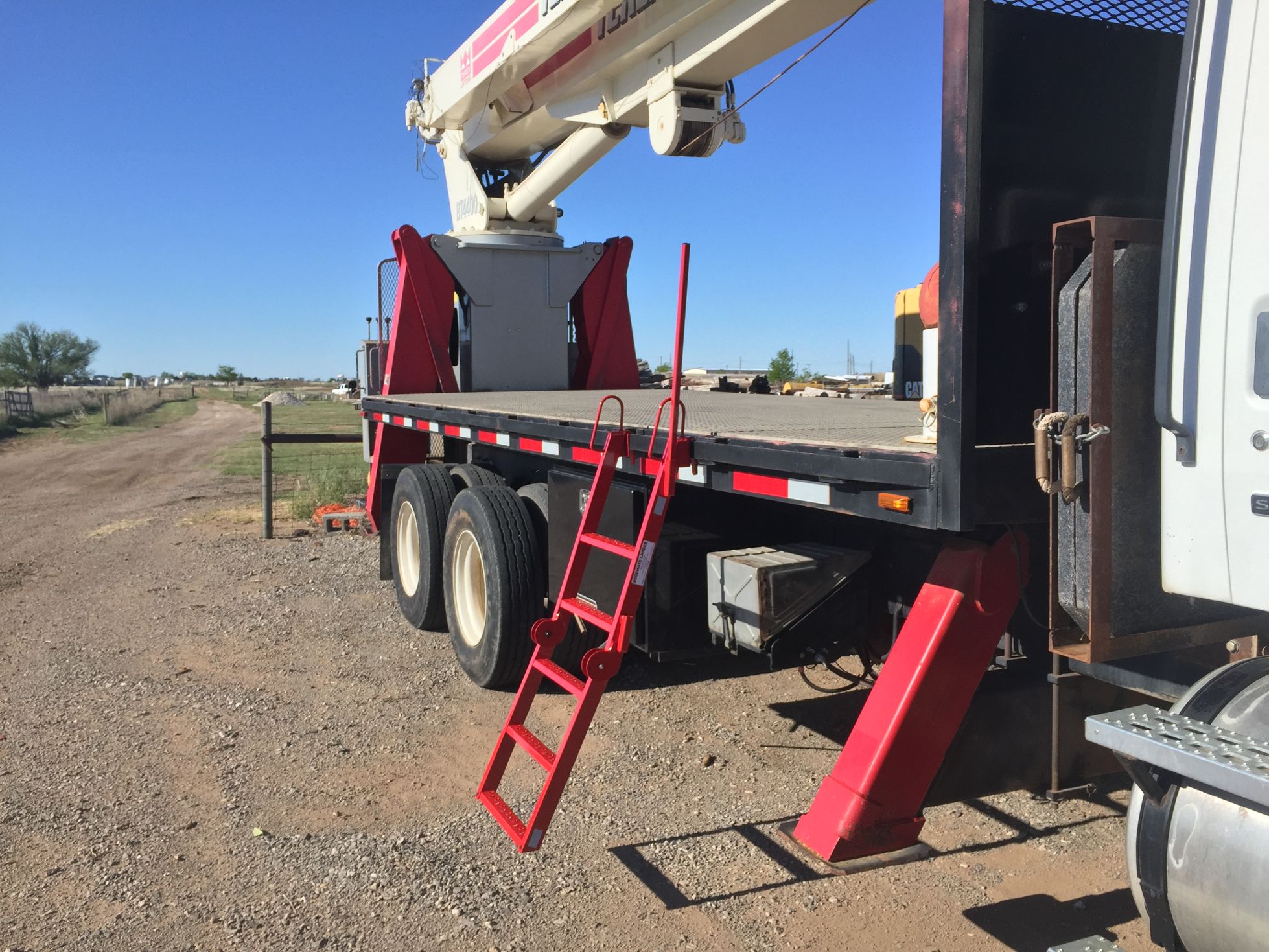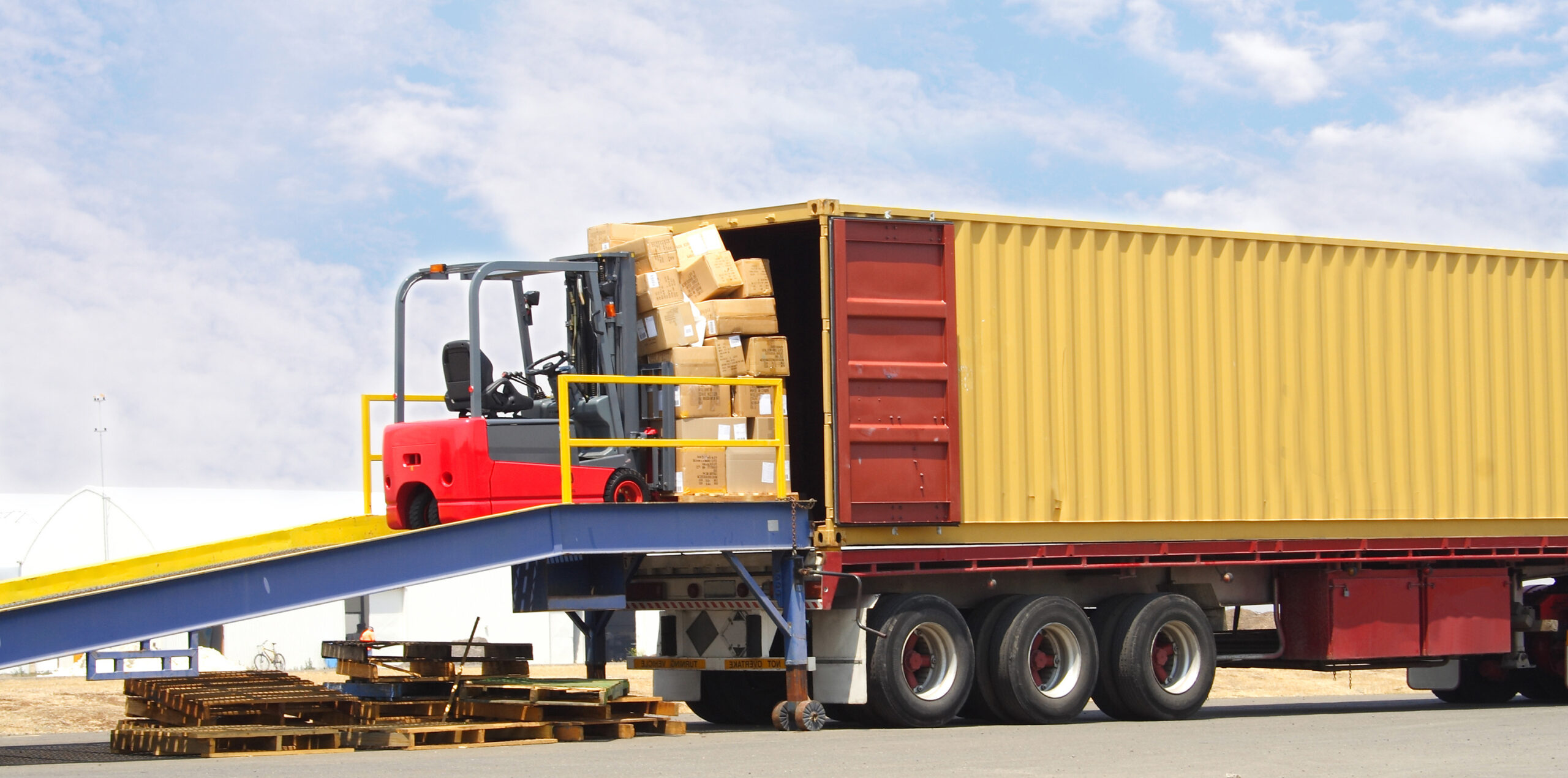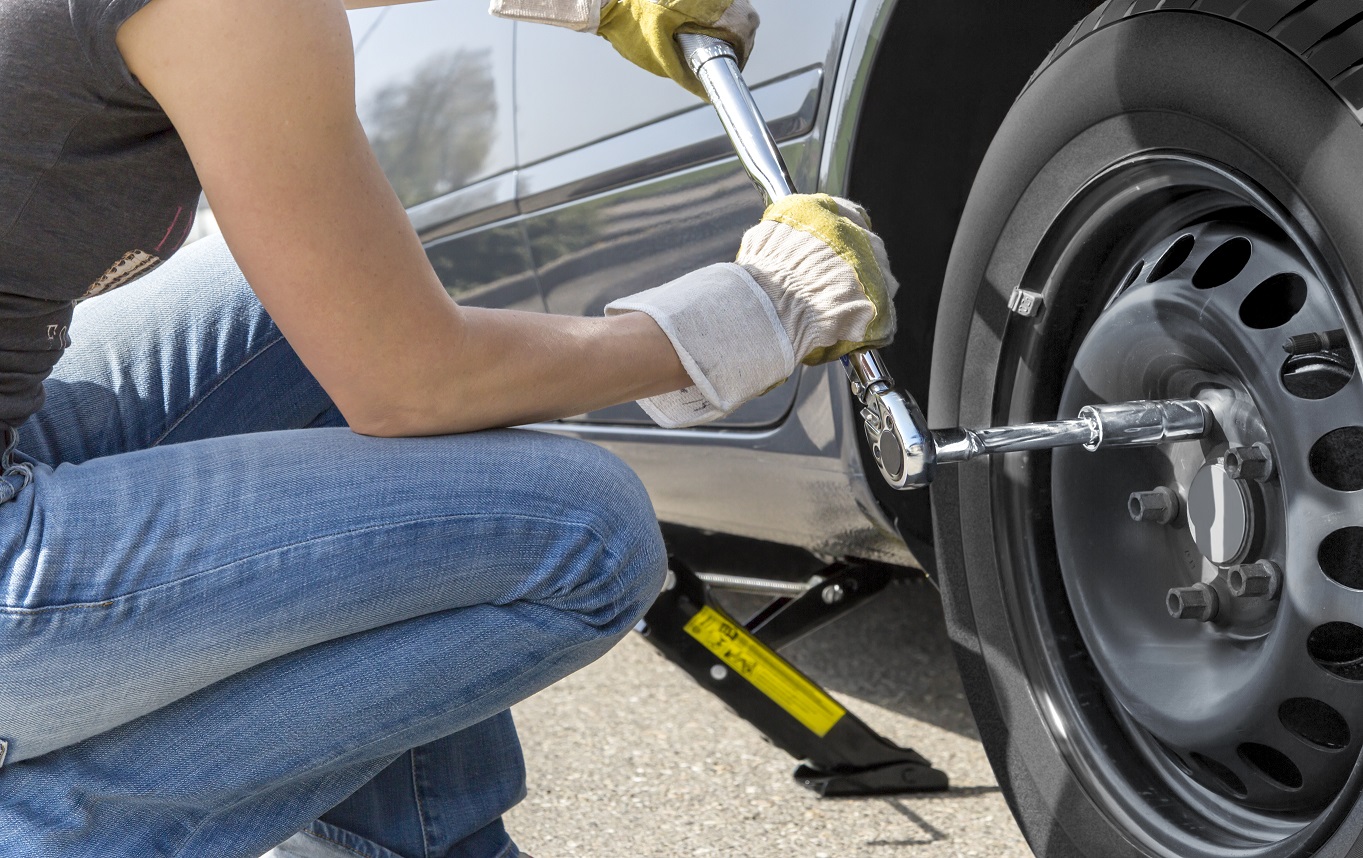Loading and unloading semi-trailers is an important part of the transportation industry. It can be difficult to do quickly, efficiently, and safely. To help make this process easier for professionals in the transport sector, here are four top tips on how to maximize efficiency when loading and unloading semi-trailers. With these tips, you will be able to move goods more quickly while minimizing risks associated with this type of work.
1. Plan for Efficiency
When it comes to loading and unloading semi-trailers, planning is essential for ensuring maximum efficiency. Taking the time to think through the process in advance can save you considerable amounts of time and energy down the line. Here are four tips that will help you plan effectively and make sure your loading and unloading operations run as smoothly as possible:
- Develop a System – Creating a systematic approach helps ensure that all necessary steps are taken into account when loading or unloading cargo. Documenting this system will also allow other staff members to familiarize themselves with it more quickly than if they were presented with an entirely new procedure each time.
- Analyze Your Space – Make sure you have identified any areas where access may be restricted or difficult due to size constraints so that appropriate adjustments can be made in advance rather than onsite during the loading/unloading process itself.
- Gather Necessary Resources – Building up an inventory of supplies such as straps, pallets, carts, etc., ensures that everything required for successful loading/unloading is ready at hand before starting work on site which minimizes potential disruption mid-task due to lack of materials or equipment failure.
- Communicate With Others – Its important not only to communicate plans internally but also provide details around expected scheduling requirements externally (e.g., customers). This allows everyone involved in the task—including those who assist—to remain informed throughout every step of the operation reducing stress levels significantly compared with unexpected changes along the way
2. Utilize Appropriate Equipment

When it comes to loading and unloading semi-trailers, utilizing the right equipment is essential for maximizing efficiency. From forklifts and pallet jacks to conveyor belts, there is a wide range of tools that can help increase productivity. Forklifts provide an easy way to move large items quickly and safely while pallet jacks allow you to move multiple boxes or containers at once with minimal effort.
Conveyor belts make short work of loading bulky items onto trucks, saving time and energy in the process. Additionally, depending on the type of goods being loaded or unloaded, specialized machinery like hoists may be necessary as well. Investing in quality equipment can go a long way toward improving operational speed and efficiency when dealing with semi-trailers.
3. Properly Secure Loads
Securing a load properly is key to maximizing efficiency when loading and unloading semi-trailers. Properly secured loads ensure the safety of drivers, other motorists, and cargo during transit. It also helps minimize damage from shifting or falling items that can cause costly delays in delivery times and possible financial losses for businesses. To secure loads correctly, it’s important to use quality straps and tie-downs with appropriate tensioning for each item loaded on the trailer.
Use corner protectors such as foam blocks or metal angles to guard against sharp edges that could puncture straps or scratch surfaces of other goods on the trailer bed. Additionally, using stretch wrap-around items will help keep them together while preventing them from sliding around too much within the trailer bed space. Finally, it’s always wise to double-check all straps before leaving the premises as an extra precautionary measure.
4. Keep Safety in Mind

When dealing with semi-trailers, safety should always be the top priority. Properly inspecting and loading the trailer is important for making sure that cargo is transported safely. It’s also important to take into account how much weight a truck can handle, as well as proper techniques for securing cargo in place.
Drivers should also be aware of any potential hazards when loading or unloading a trailer, such as sharp corners on certain items or heavy objects that may require additional assistance for lifting and transporting. By taking all necessary precautions before embarking on a journey, drivers can ensure their safety during the trip while maximizing efficiency.






